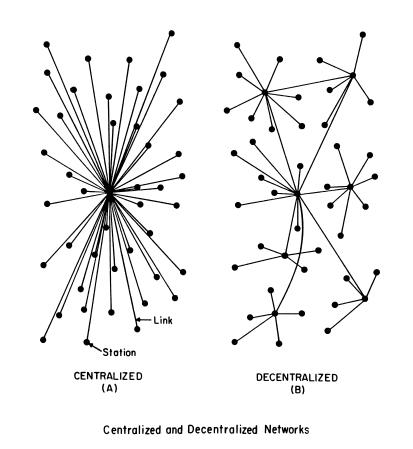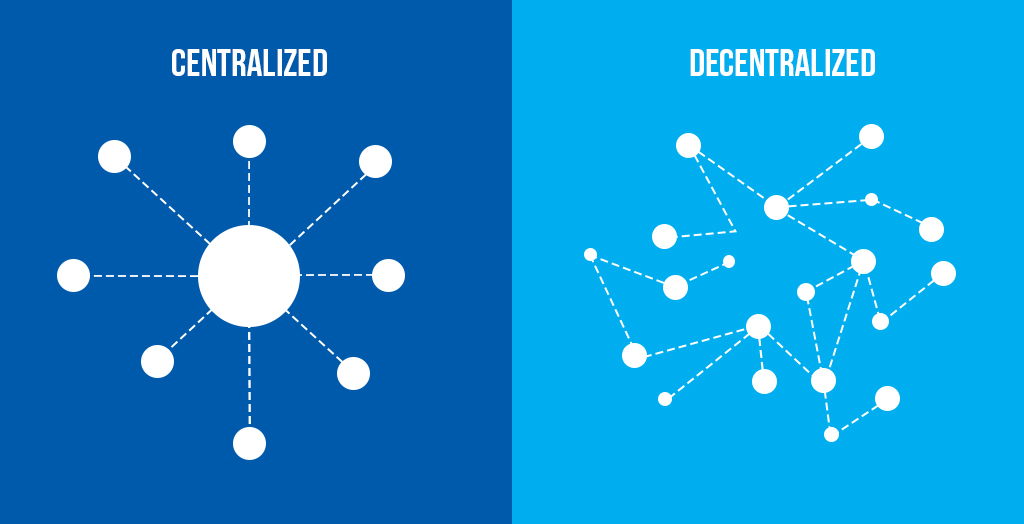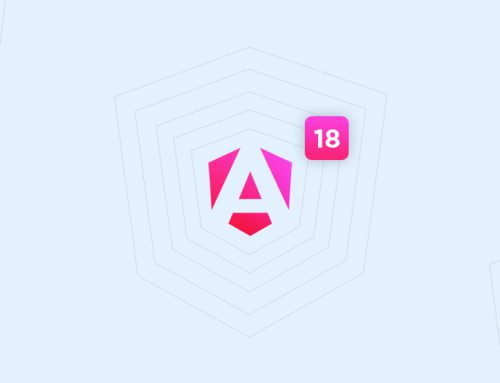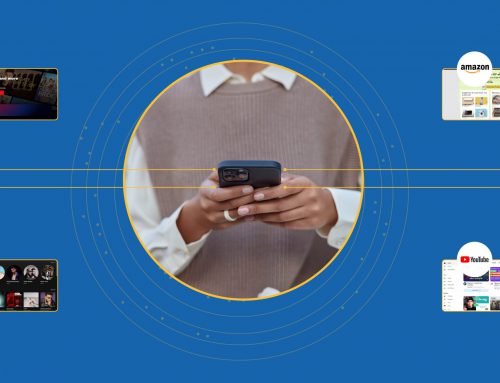Table of Contents
Five years back, at a teleconference held in Los Angeles, United States, Bob Greifeld, CEO of Nasdaq, discussed Blockchain, calling it the biggest opportunity set imaginable in the next decade. Not only Nasdaq, the top companies including Citigroup, Visa, Barclays, Bank of New York Mellon, and UBS also moved to test blockchain technology.
In the same context, Vitalik Buterin- the Co-Founder of Ethereum(an open software platform to develop decentralized applications) says that- “While most technologies automate the small tasks of workers on the periphery, blockchains automate the center. Rather than eliminating the jobs of the taxi drivers of Uber, blockchain allows them to directly interact with customers, putting Uber out of the job.”
This is the power of Blockchain. But why on earth are we discussing Blockchain technology here.
Blockchain technology is the foundation of decentralized apps(DApps), therefore, a discussion about DApp development cannot be complete without mentioning the blockchain. dApp is an application that relies on a shared database maintained by numerous computers rather than a single location(center). The decentralized app saw the green light in 2017 when Bitcoin became more noticeable. With over 2,000 DApps already available and in use, DApps are quickly gaining traction.
Centralized application, on the contrary, is not a new thing; it has been around for decades. In fact, today the users have millions of centralized app options to choose from. Hence, it would be fair to say that centralized applications are increasingly popular now; both companies and users adore them. However, the gap that it leaves in terms of the availability, integrity, and security, is inevitable, to address which decentralized apps or DApps came into play.
So, what is the decentralized app or DApp? How does it differ from centralized applications? And what are the steps to develop centralized and decentralized applications?
All of these questions have been addressed in this article; therefore, by the end, you will have a more in-depth understanding of both the technologies and the application.
Decentralized Apps Versus Centralized Apps
To understand the difference between both, let’s quickly run you through some of the frequently asked questions regarding both the centralized and decentralized applications.
-
1. What are Centralized Applications?
Applications that are controlled by a single individual or business are known as centralized apps. In these applications, information always flows through a single server or cluster of servers. The dedicated server contains all the required logic to execute an application. This enables it to execute the desired action as well.
Since the app is controlled by a centralized server, the chance of it crashing increases. When the server goes down or crashes, the app stops working across all user devices until the problem is resolved.
-
2. How Centralized apps work?
With the centralized approach, the user downloads the app from the app store and uses the app by sending the request/information to the centralized server or cluster of servers. Upon receiving the request, the server processes it and sends out the response accordingly.
-
3. What are the top brands using Centralized apps?
The centralized app is used by millions of people including the Big Five of the world termed as GAFAM, i.e. Google, Apple, Facebook, Amazon, and Microsoft.
-
4. What are DApps?
DApps or decentralized apps are just the opposite of centralized apps. The decentralized apps run on the blockchain or Peer to Peer (P2P) networks of computers rather than central servers. Here are some powerful features of the DApps-
-
- Decentralized
- Deterministic and predictable
- Turing complete.
- Isolated

Source: wiredelta
-
-
5. How does decentralized app work?
To use the decentralized apps, instead of downloading the application, the user has to pay a certain amount(in terms of the cryptocurrency) to the developer. The user can also download the source code of the application under a “smart contract”- a collection of code, logic, and data to run the application. Unlike centralized apps, the backend code of the decentralized application runs on the P2P network instead of the centralized servers.
-
6. What are examples of DApps?
Some of the popular DApps in the market are Uniswap, CryptoKitties, Rarible, IDEX, MakerDAO, CryptoPunks, BitTorrent, Audius, and MetaMask
-
7. Why should you build a dApp over a regular app?
Here are some reasons why you should build a decentralized app or dApp
- Zero downtime is guaranteed.
- More Secure as the malicious actors cannot launch attacks like denial-of-service on the individual DApps.
- Offers absolute privacy as a dApp can be deployed and used without requiring real-world identity verification.
- Gives you greater control over the application.
- Provides complete data integrity.
-
8. What are better centralized or decentralized systems?
It is hard to declare one app type as better than another; it depends entirely on your business requirements. If you are looking for a system that is easy to manage, a centralized network makes more sense. If you are looking for advantages like redundancy and security, a decentralized app is for you.
How to Build a Centralized App?
If you want to develop a centralized app for your business, the following steps can help you with the same.
- Select Your Launch Platform that is Android or iOS.
- List down the features that you want to include in your application and create a wireframe accordingly.
- Design and create a prototype of your application to test it for basic functionalities.
- Once approved, build your application with the help of the app builder.
- Test the application for its functionality.
- Now your app is ready to launch.
How to Build a Decentralized App?
The development process of dApp is different than the centralized ones. Here is a step-by-step guide on how to build a decentralized application.
- List the app requirements and check them for their feasibility.
- Install the Node Package Manager.
- Choose your tech stack, including database, frameworks, hosting, frontend, its contracts, and programing language, APIs, and Development server. You can use Ethereum for the same.
- Launch an Initial Coin Offering to raise the funds that you will need to develop your project.
- Build your dApp using the platforms like truffle.
- Test your dApp and smart contract for its functionality.
- Once tested successfully, you can launch the dApp
Wrap-up
Centralized and Decentralized applications, both have their fair share of advantages and disadvantages. Hence, before settling on any option, weigh each of the options thoroughly with respect to your business goals; do not rush the decision.
Now that you’ve learned the difference between the two applications and their development process, you’re ready to make a decision and get started.
Feel free to contact our app developers for assistance with decision-making and implementation. Our app development team strives to stay up-to-date on the latest technologies and market trends, which allows them to propose the best fit solution and walk hand in hand with our clients throughout the app development process.


























Bournemouth lancaster university portal jobs focus on media and
tourism research.
What a stuff of un-ambiguity andd preserveness of precious knowledge on the topic of unexpecte emotions.